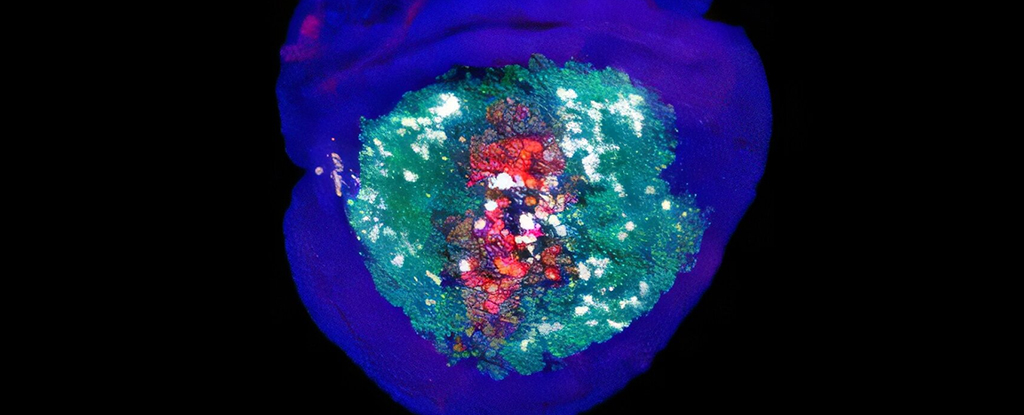Four thousand years ago, the woolly mammoth, a prominent figure of the Ice Age, met its end on Wrangel Island, located off the coast of modern-day Siberia. Historically, scientists speculated that the isolation of this final mammoth population led to genetic inbreeding, contributing to their extinction. However, new research offers a different perspective, suggesting that inbreeding was not the sole factor in their demise.
Inbreeding and Genetic Health
A recent study, published in Cell on July 11, 2024, challenges the notion that genetic isolation was the primary cause of the woolly mammoths’ extinction. The research, led by Dr Love Dalén, an evolutionary geneticist at the Centre for Palaeogenetics in Stockholm, examined 21 complete genomes from mammoths that lived during their final 50,000 years. Contrary to earlier beliefs, the study found that while the Wrangel Island mammoths were inbred, this alone did not lead to their extinction.
Dr Dalén’s team discovered that over time, the mammoth herd on Wrangel Island lost many of its harmful genetic mutations. This indicates that inbreeding might have led to the elimination of detrimental mutations rather than exacerbating them. The Wrangel Island herd, which began with a small population of around eight individuals, eventually grew to between 200 and 300 members and maintained this size until the species’ extinction.
Challenging the Meltdown Model
The findings of the study offer significant evidence against the “meltdown model,” which suggests that genetic isolation and inbreeding lead to a gradual accumulation of harmful mutations, eventually causing extinction. Instead, the research indicates that the mammoths may have experienced an improvement in their genetic health over time, contradicting the idea that inbreeding alone was a death sentence for the species.
Vincent Lynch, an evolutionary biologist at the University at Buffalo, notes that while the study provides strong evidence against the meltdown model, it does not entirely exclude it. He suggests that a reduced genetic variation might have made the mammoths more vulnerable to other threats, such as diseases, climatic changes, or human encroachment.
Unresolved Mysteries
Despite these revelations, the exact reasons behind the woolly mammoths’ final extinction remain uncertain. Dr Dalén proposes that unforeseen disasters or significant environmental shifts could have played a crucial role in their demise. Without such catastrophic events, it is possible that the mammoths could have continued to survive.
The study underscores the complexity of extinction events and highlights the need for ongoing research to fully understand the diverse factors that contribute to the disappearance of species. While the genetic health of the Wrangel Island mammoths seems to have improved, other factors likely played a significant role in their ultimate extinction.





